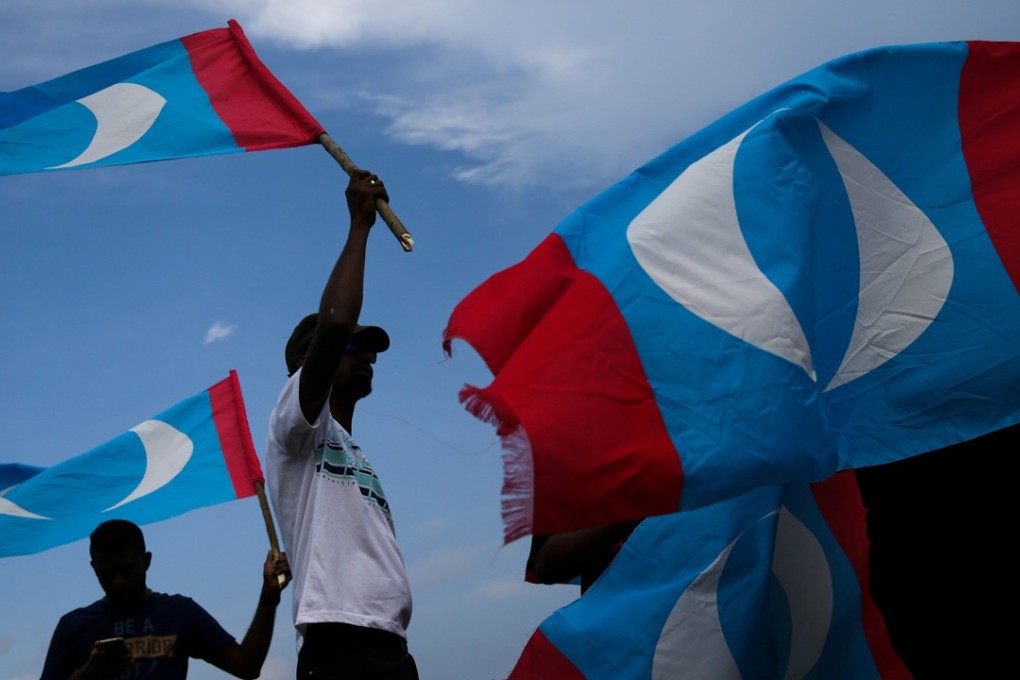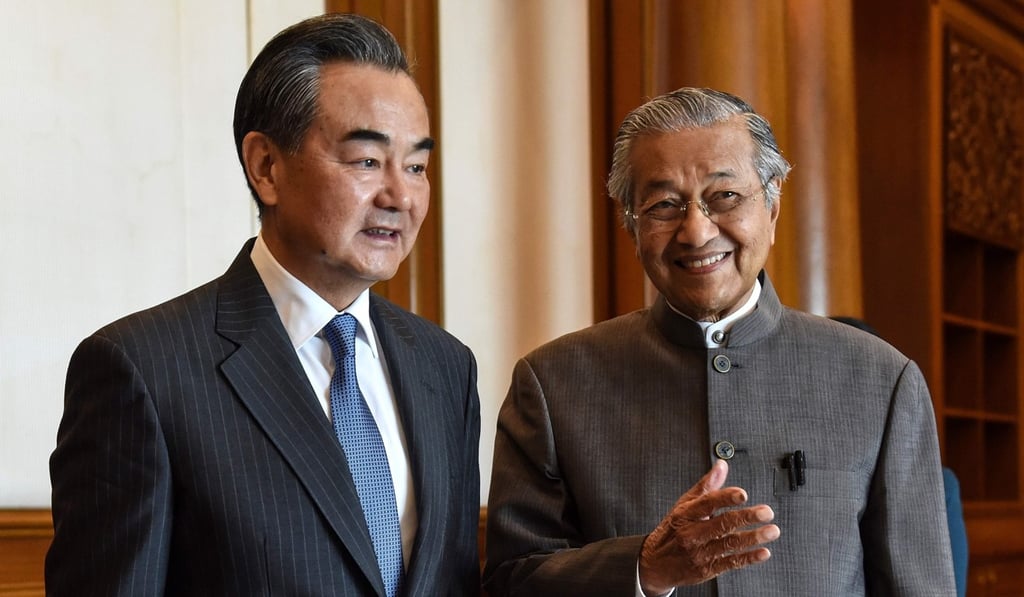Opinion | What Malaysia’s ‘Mahathir doctrine’ means for China-US rivalry
The thinking of Malaysia’s new prime minister – ‘Mahathir 2.0’ – offers an insight into weaker states’ views of the evolving Asian order in the Trump-Xi era and suggest a firmer stance on the South China Sea

Mahathir’s comments that “warships attract other warships” in particular – alongside his peace proposal for Association of Southeast Asian Nations (Asean) countries to patrol the disputed waters by small boats “to deal with pirates, not to fight another war” – have generated discussions in foreign policy circles about whether a “Mahathir Doctrine” is emerging in Malaysia’s external policy.
This extends to how the views of the world’s most senior statesman might translate into regional visions amid the escalating US-China trade confrontation and global uncertainty.

Judging from Mahathir’s recent remarks, as well as his policies during his first premiership from 1981–2003 (“Mahathir 1.0”), three elements can be identified as the core constituents of the emerging Mahathir Doctrine:
● The South China Sea should be a sea of cooperation, connectivity, and community – building, not confrontation or conflict.
● Diplomatic consultations, not military swaggering, are the key to managing and resolving any inter – state disputes in East Asia and elsewhere.

